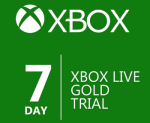This giveaway is for L.A. Noire: Complete Edition [Digital Download].
This game requires Steam. How to redeem Steam codes.
These codes are completely free. All that you have to do is enter to win.
All we ask is that you spread the word about our mission.

